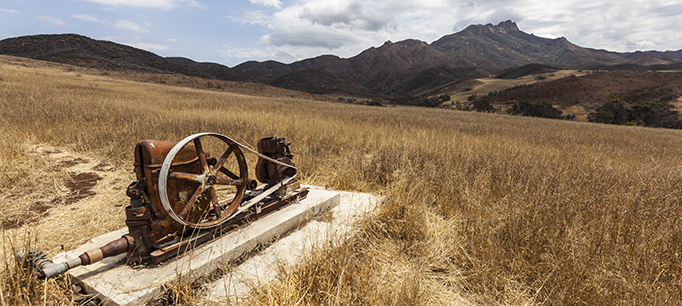California is not alone in facing serious groundwater challenges—overuse is causing water tables to fall in many parts of the globe. Sharing ideas on how to protect and restore this important resource is the theme of a special opinion forum on the global groundwater crisis in The Desert Sun. Ten experts from the US West, Ethiopia, South Africa, India, and Peru weighed in.
My commentary focused on groundwater’s role as an “unsung hero” in California’s latest drought, and the need to manage it more carefully to ensure its critical role in getting agriculture through future droughts. This doesn’t mean restricting pumping in the midst of the drought—as tempting as that might be—because that could worsen the economic impacts of water shortages. Instead, it means rolling up our sleeves to develop and implement long-term management plans—a path made easier by the passage of the Sustainable Groundwater Management Act in 2014.
Here’s my contribution to the opinion forum:
Most Californians have first-hand experience with our record-breaking drought. Far fewer understand the role that groundwater has played in easing the drought’s impact on our cities and farms. Groundwater typically provides about a third of total water supplies, with the balance coming from rivers and lakes. Last year, its share was closer to two-thirds. Extra groundwater pumping bolstered the state’s urban economy and kept thousands of acres of valuable orchards, vines, and vegetables in production.
Many of California’s urban areas planned ahead to build their underground drought reserves. Since the last major drought (1987–92) they made large investments in groundwater storage as part of a strategy to diversify their water sources. In Southern California and Silicon Valley, locals also adopted management systems that facilitate water banking—which requires putting more water into the ground and pumping less in wet and normal years so that it’s available during droughts.
Most of California’s farming areas have less-robust groundwater oversight, and one consequence is long-term declines in water tables. The extra pumping during the drought is compounding this problem, causing some wells to go dry and some lands to sink. The good news is that many farmers now recognize the importance of managing groundwater as a drought reserve. And the state’s 2014 Sustainable Groundwater Management Act gives them the tools to make this happen.
It’s tempting during a drought to call for pumping restrictions, but this can worsen economic impacts, especially on the farm sector. Now is a good time to take actions that ensure groundwater is available for future droughts.
Read “Reforming California’s Groundwater Management” (PPIC fact sheet)
Read “The Coming Groundwater Revolution” (PPIC blog, January 6, 2016)
Read “Getting to Groundwater Sustainability” (PPIC blog, June 16, 2015)
Visit the PPIC Water Policy Center’s water supply resource page


